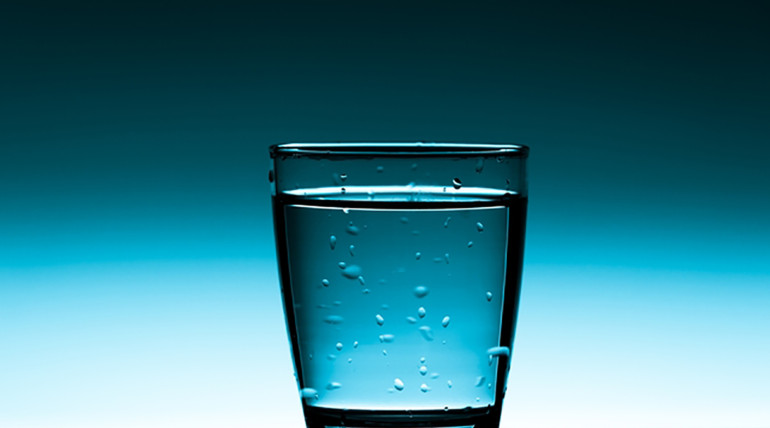Perhaps you have encountered the term “pH” when you have researched information regarding drinking water. The acronym “pH” means “potential of hydrogen”. It refers to the relative number of free, or available, hydrogen ions within a liquid. There is a pH scale from 1 to 14 with 7.5 being the midpoint. Usually living animal cells, especially human cells, thrive at a pH between 7.45 and 7.35. Consequently, pH greater than 7.45 is considered alkaline; less than 7.35 is considered acidic. The key concept regarding the relative alkalinity and acidity is that our cells begin to destabilize, and eventually die beyond either limit. So much of what we tend to eat and drink, especially, our drinking water here in the United States, is acidic. Medical lab tests often show acidic conditions in individuals with various common health conditions involving the metabolism, respiratory system, cardiovascular system, and the connective and skeletal systems. Many individuals have experienced improved health through regulating the pH of their cells.
Just as important as the pH is the fact that we may not be drinking enough water daily. Chronic dehydration is linked to many diseases, including Alzheimer’s dementia. The human body is 70 to 90 percent water depending upon the organ. It is recommended that each person drink daily at least one-half of their body weight (in pounds) as the number of ounces of water. For example, a person who weighs 208 pounds should drink at least 104 ounces, which equals 13 (8 oz.) cups or 6 ½ pints per day.
For drinking and bathing water to be healthful, it needs to:
- be free from contaminants and pollutants (including chlorine)
- be oxygenated
- be alkaline (above pH 7.0 and below pH 9.0 for most individuals)
- have the right combination of minerals (calcium, magnesium, phosphorous, etc.)
- contain minerals that are easily recognized and utilized by the cells of humans and animals (i.e., be bioavailable).
- have the chains of water molecules broken up for easy absorption and hydration. (The molecular clusters of water carry more oxygen when they are hexagonal in shape. This is achieved through proper magnetization.).



